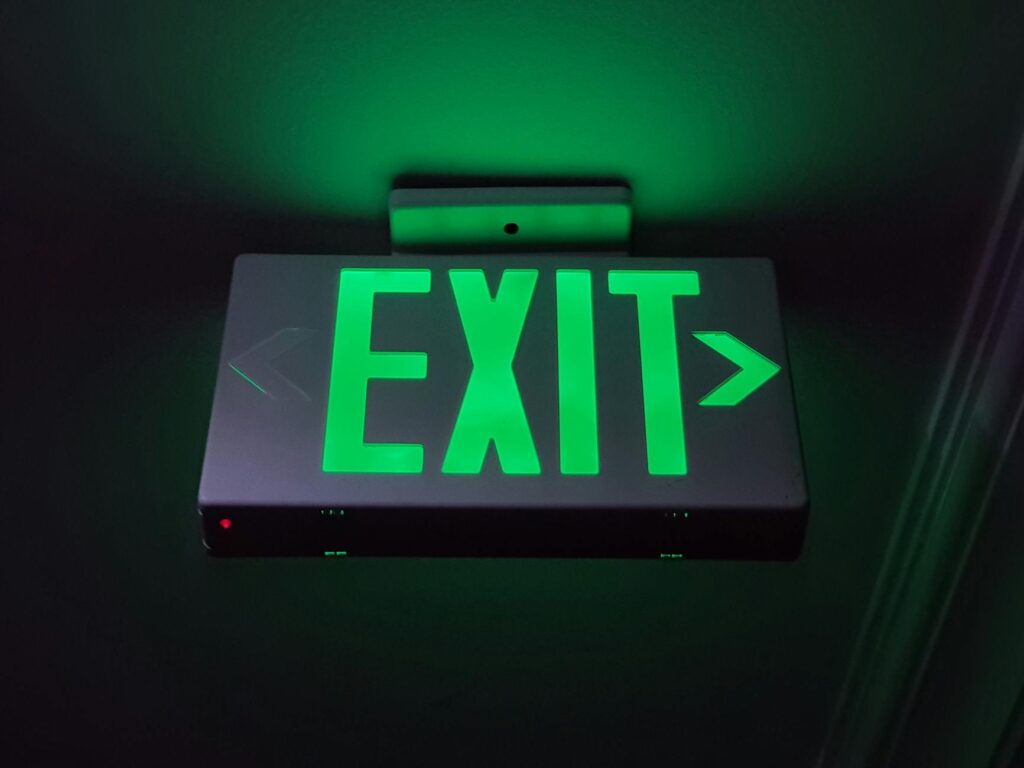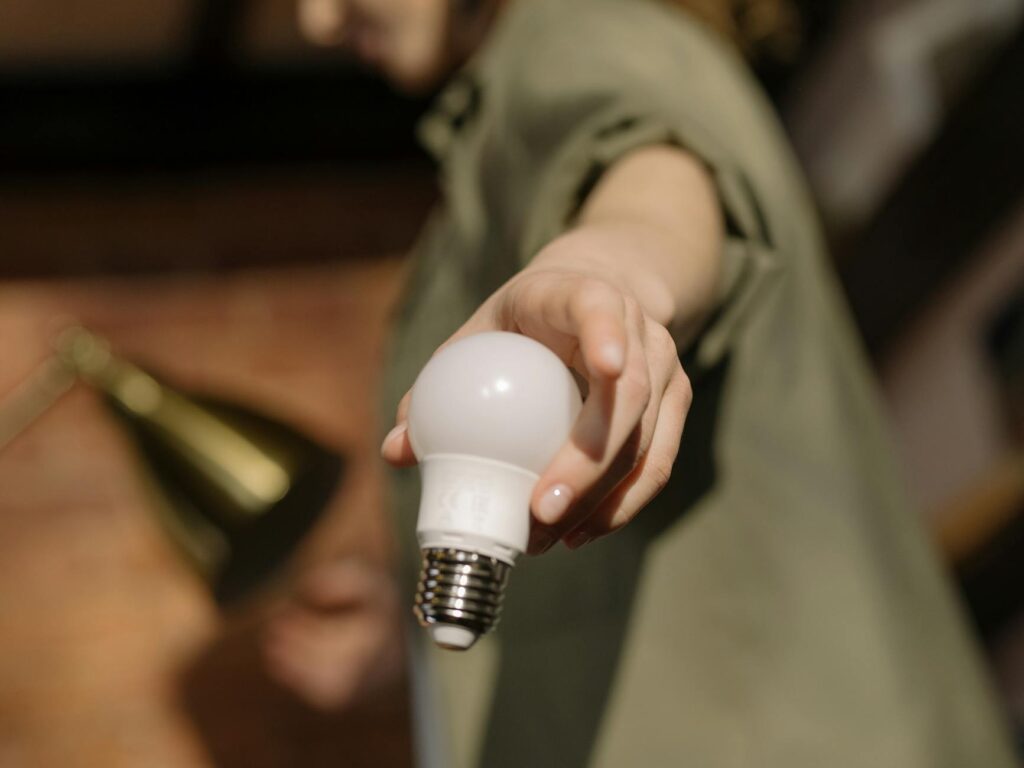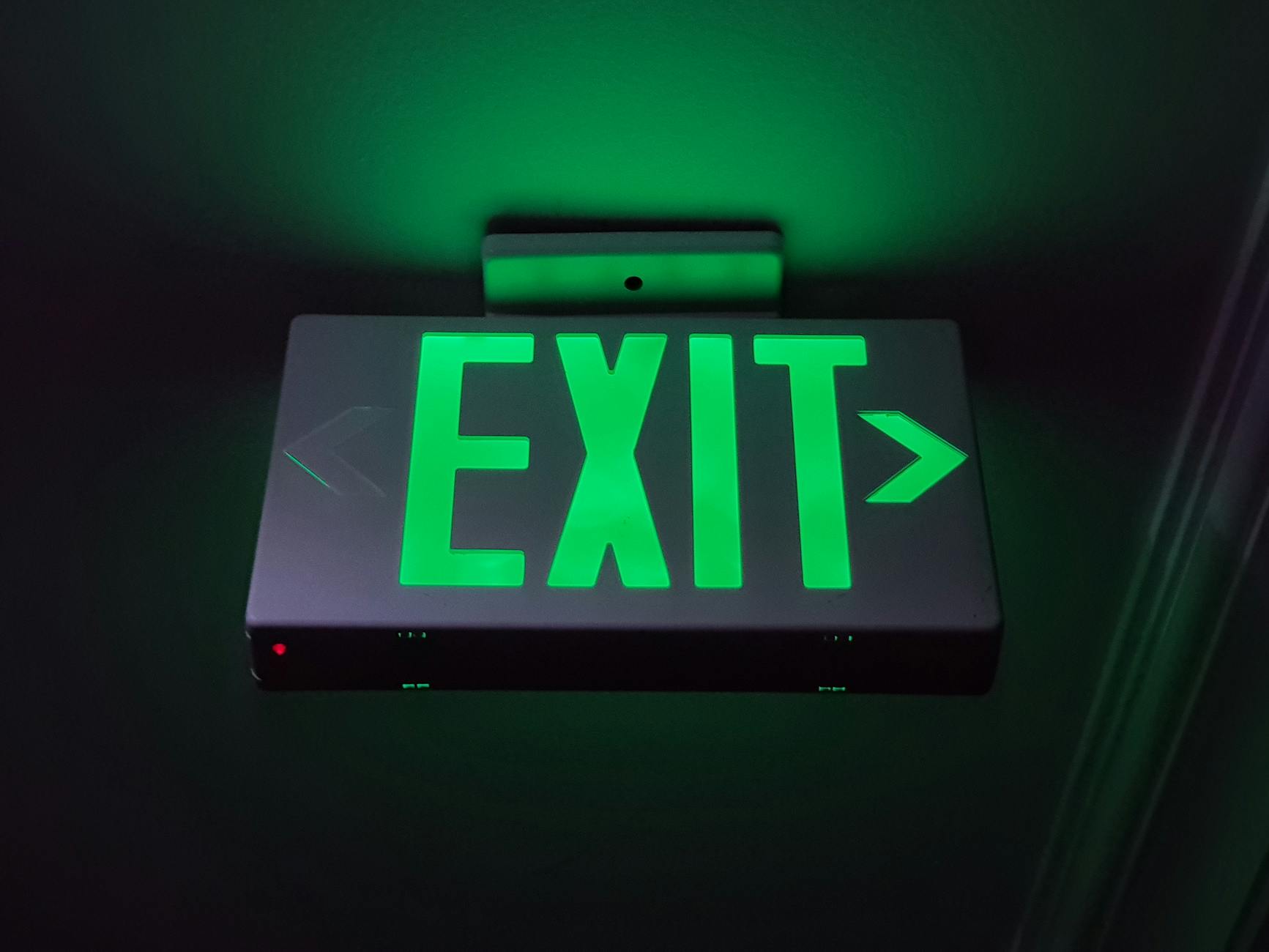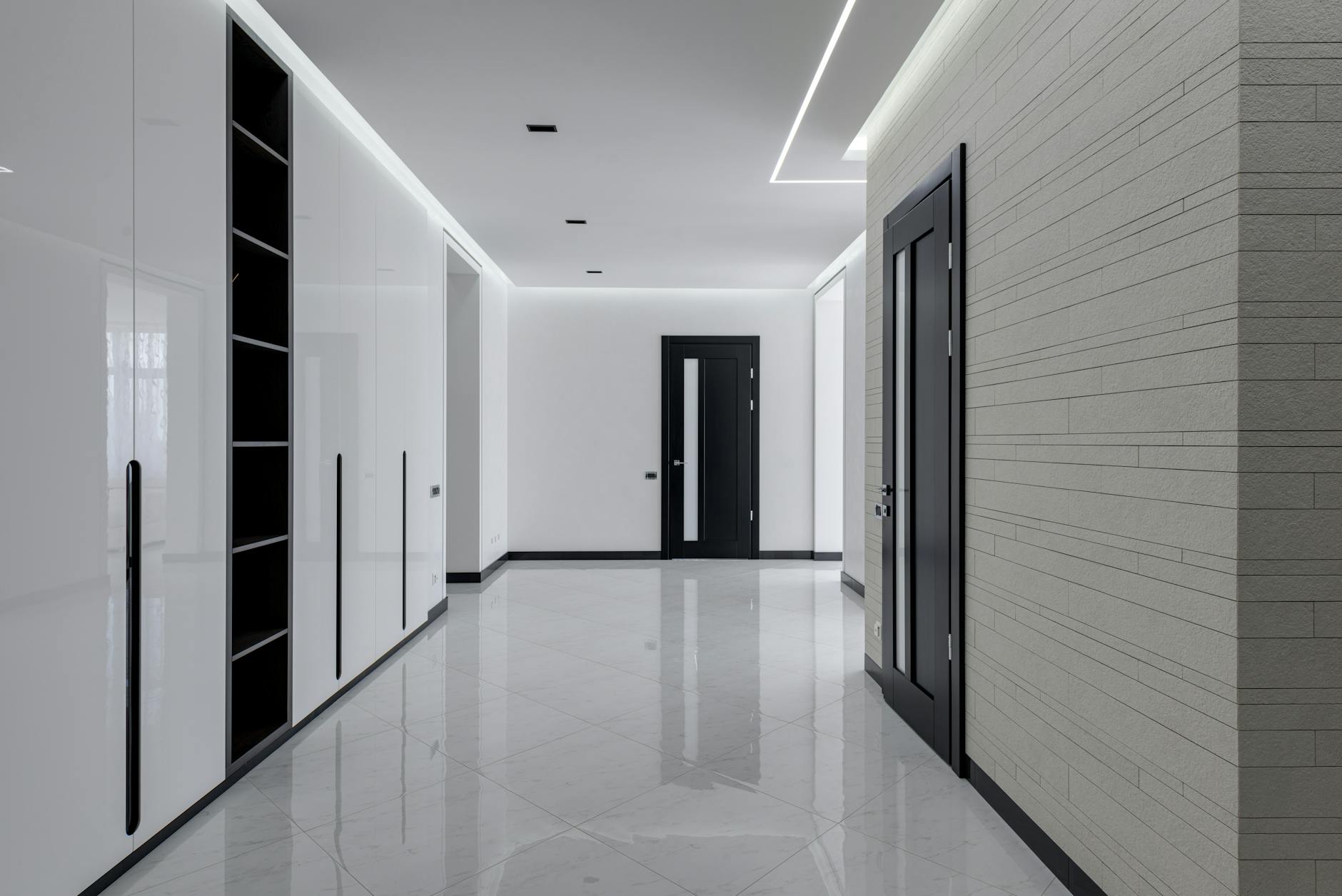Lighting plays an essential role in setting the tone and atmosphere of our homes. As LED technology becomes increasingly popular for its energy efficiency, longevity, and versatility, knowing how to best use LED lighting in each room is crucial. This guide will give you a room-by-room breakdown to achieve perfect LED lighting, enhancing both functionality and ambiance across your home.
Introduction to LED Lighting
LED (Light Emitting Diode) lighting has transformed how we illuminate our spaces. With benefits like low energy consumption, long lifespan, and minimal heat production, LEDs are an excellent choice for any room. Understanding the basics of color temperature and lumens will help you make informed decisions as we explore the optimal LED lighting setups throughout your home.
Living Room
For many, the living room is a multi-purpose area used for relaxation, entertainment, and sometimes even dining. Optimal lighting here mixes warm ambient lighting with focused task lighting. Consider dimmable LED ceiling lights combined with floor lamps near reading spots or work areas. 
Kitchen
The kitchen requires a blend of ambient and task lighting. Install bright, overhead LED fixtures paired with under-cabinet lights to illuminate countertops without creating shadows. 
Dining Room
A statement LED chandelier or pendant lights can create a focal point over the dining table. Soft, warm lighting encourages leisurely dining and conversation, while a dimmer switch can adjust the ambiance as needed.
Bedroom
In bedrooms, warm LED lights encourage relaxation. Consider bedside lamps or wall-mounted fixtures for reading, with a central, dimmable overhead light for general illumination.
Bathroom
Bright, cool-toned LEDs are best for bathrooms, simulating daylight for makeup application or shaving. Consider LED mirror lights or a ceiling fixture with a high CRI (Color Rendering Index) for the most accurate color representation.
Home Office
A combination of overhead LED lighting and adjustable desk lamps can reduce eye strain in home offices. Daylight color temperatures can help maintain alertness during work hours.
Entryway and Hallways
First impressions matter. Use a mix of overhead LED fixtures and wall-mounted lights to create a welcoming atmosphere while ensuring safety through adequate illumination.
Outdoor Spaces
Outdoor LED lighting adds beauty, safety, and security. Consider path lights, floodlights, and decorative string lights to enhance your outdoor living areas after dark. 
Stairways
LED strip lighting along stairways not only adds a modern touch but also promotes safety by illuminating steps.
Accent Lighting
Use LED strips or puck lights to highlight artwork, shelves, or architectural features, adding depth and dimension to rooms.
Children’s Rooms
Soft, dimmable LEDs in children’s rooms offer a comfortable nighttime environment. Color-changing LEDs can also double as a fun, functional decor element.
Utility Rooms
Bright, efficient LED lighting is critical in utility rooms or garages, ensuring tasks can be completed safely.
Mood Lighting
With smart LED bulbs, you can easily adjust colors and intensity to suit any mood or activity, from a vibrant party atmosphere to a calm, relaxing oasis.
Eco-friendly Options
Learn about eco-friendly LED options that reduce carbon footprint while saving on energy bills.
Installing LED Fixtures
While some LED lighting projects are DIY-friendly, others may require professional installation. Understand when to call a pro for your lighting projects.
Conclusion
Adopting LED lighting throughout your home is not just about energy efficiency; it’s also about creating beautiful, functional, and customized spaces. With the right LED solutions, you can illuminate every room in your home perfectly.
Frequently Asked Questions
How do I choose the right color temperature for my room? Consider the room’s purpose: warm whites for bedrooms and living areas, cool whites for bathrooms and kitchens, and daylight for task-centric spaces like home offices.
Can LED lights really help in reducing energy bills? Yes, LEDs consume significantly less energy than traditional bulbs leading to lower electricity bills and reduced environmental impact.
Are smart LEDs worth the investment? For those looking to customize their lighting or integrate it with home automation, smart LEDs offer both convenience and expanded functionality, making them a worthwhile investment.
How long do LED lights last? LED lights can last anywhere from 20,000 to 50,000 hours, far surpassing traditional lighting options.
Is professional installation required for all LED lighting? Not necessarily, but for complex systems or where electrical work is needed, it’s advisable to hire a professional.





